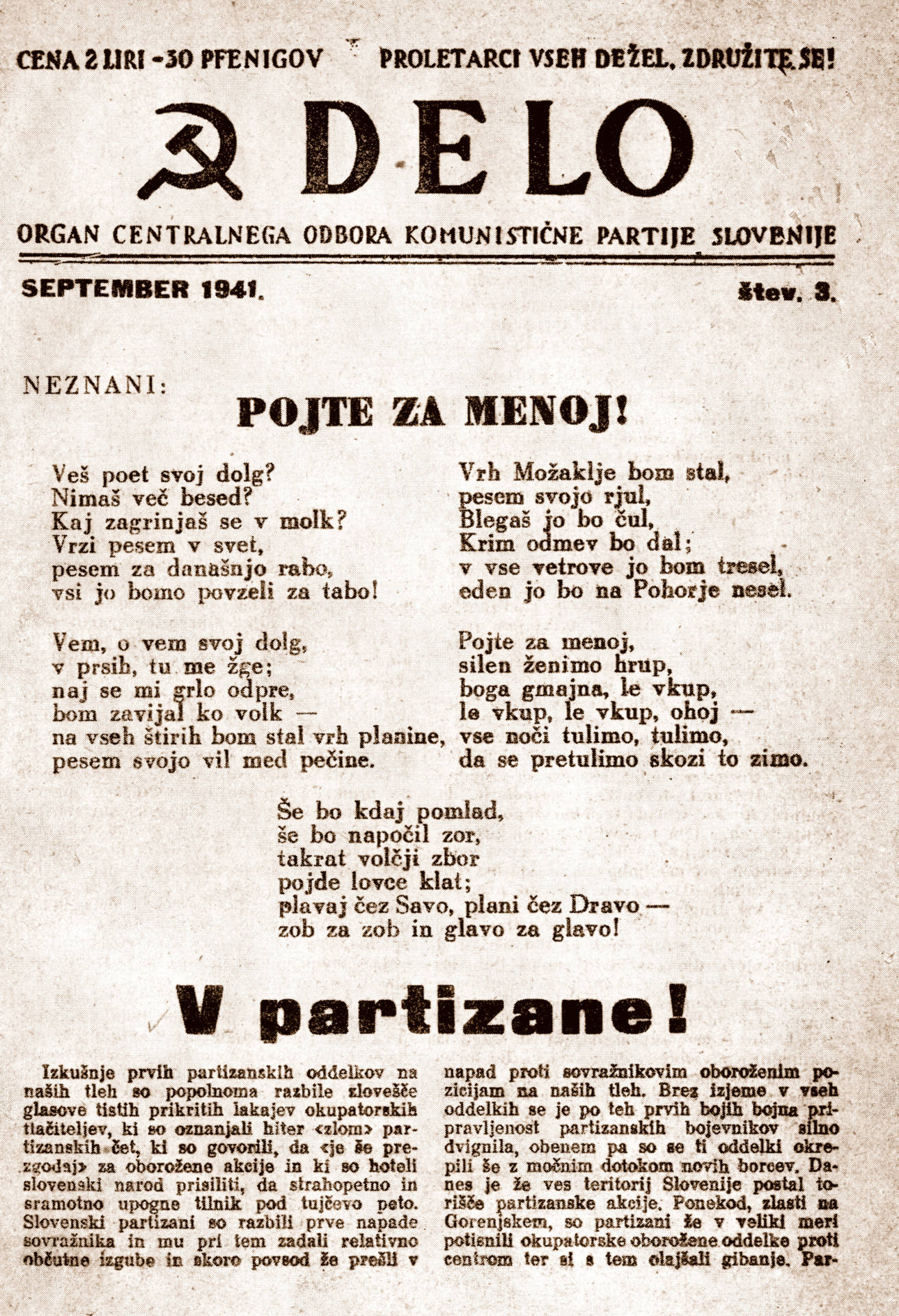 Front page of the newspaper Delo with a poem by Oton Župančič and an article by Edvard Kardelj.
Front page of the newspaper Delo with a poem by Oton Župančič and an article by Edvard Kardelj.
1941–1943
Primorska was in a difficult situation at the time of the invasion of Yugoslavia – leading antifascists were awaiting trial in Trieste, men were being conscripted into the Italian army and there was a shortage of weapons and military personnel. As a result, it was the Central Committee of the Communist Party of Slovenia (KPS) that began to organise the national liberation movement in Primorska. They established a commission for Primorska which, in the summer of 1941, began to send emigrants from Primorska back into the territory to act as organisers, with the support of local antifascists. Ilirska Bistrica (with the Brkini Hills) and Trieste were the focal points of the national liberation movement, while the Brkini were also the cradle of the Partisan resistance in Primorska. The turning point was the first Party conference for Primorska in December 1942. Twelve districts were established in Primorska, including an Istrian district and a Brkini district, for which secretaries were appointed. Organisation began of a network of KPS cells and Liberation Front committees, which linked together in zones and districts. In June 1943 a new “macro” district was established encompassing the whole of Southern Primorska.
 Oskar Kovačič, of Most na Soči, arrived in Istria in the summer of 1941 as the first organiser of the national liberation movement. Together with his brother Leon, he set up the first Liberation Front committee in Slovene Istria in Plavje. He was arrested on 10 December 1941 and in September 1942 sentenced to 30 years’ imprisonment. He died in Ljubljana in January 1944.
Oskar Kovačič, of Most na Soči, arrived in Istria in the summer of 1941 as the first organiser of the national liberation movement. Together with his brother Leon, he set up the first Liberation Front committee in Slovene Istria in Plavje. He was arrested on 10 December 1941 and in September 1942 sentenced to 30 years’ imprisonment. He died in Ljubljana in January 1944.
 Vidko Hlaj, alias Franc Žižič, of Roč, was an organiser of the national liberation movement in Slovene Istria from early 1943 and the first KPS secretary for the Istrian district.
Vidko Hlaj, alias Franc Žižič, of Roč, was an organiser of the national liberation movement in Slovene Istria from early 1943 and the first KPS secretary for the Istrian district.
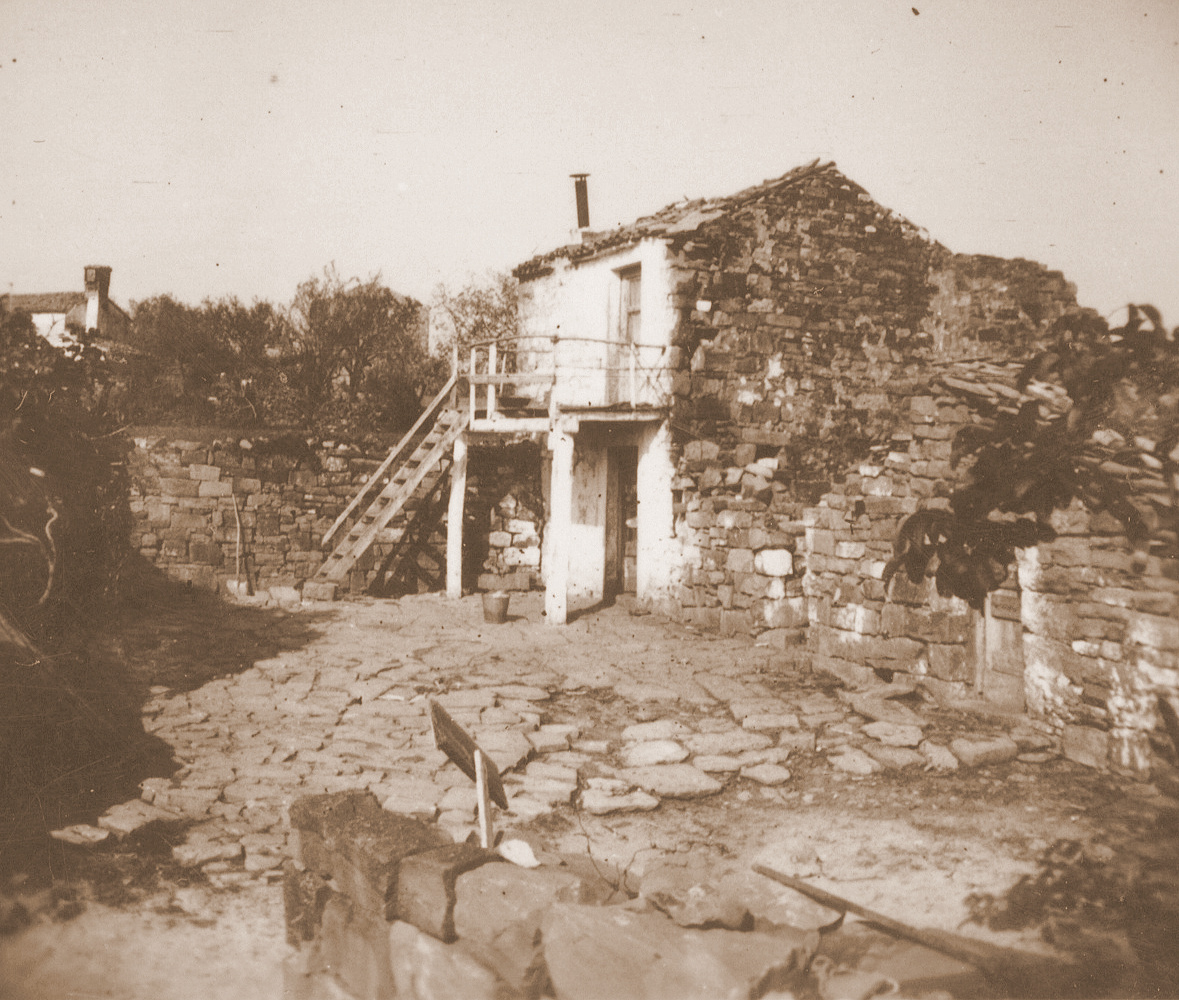 Bertoši (Croatia) – house of the Istrian activist Ivan Cah, alias Iskra, where the district committee of the KPS was founded on 11 April 1943.
Bertoši (Croatia) – house of the Istrian activist Ivan Cah, alias Iskra, where the district committee of the KPS was founded on 11 April 1943.
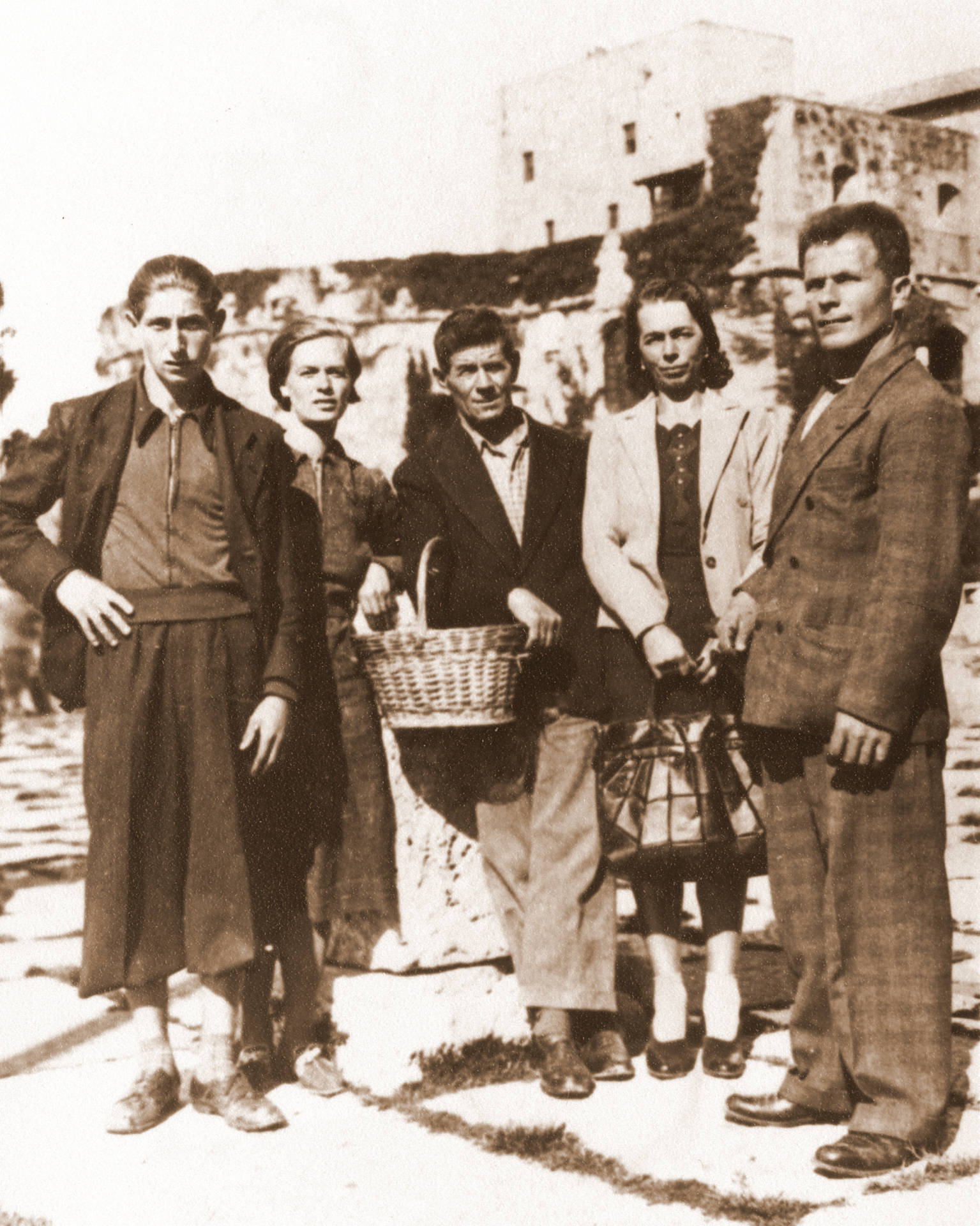 A group of villagers from Gabrovica, photographed in Trieste. Standing on the right is Franc Ivančič, alias Luka, a leading activist in Gabrovica and Istria, who fell in December 1944.
A group of villagers from Gabrovica, photographed in Trieste. Standing on the right is Franc Ivančič, alias Luka, a leading activist in Gabrovica and Istria, who fell in December 1944.
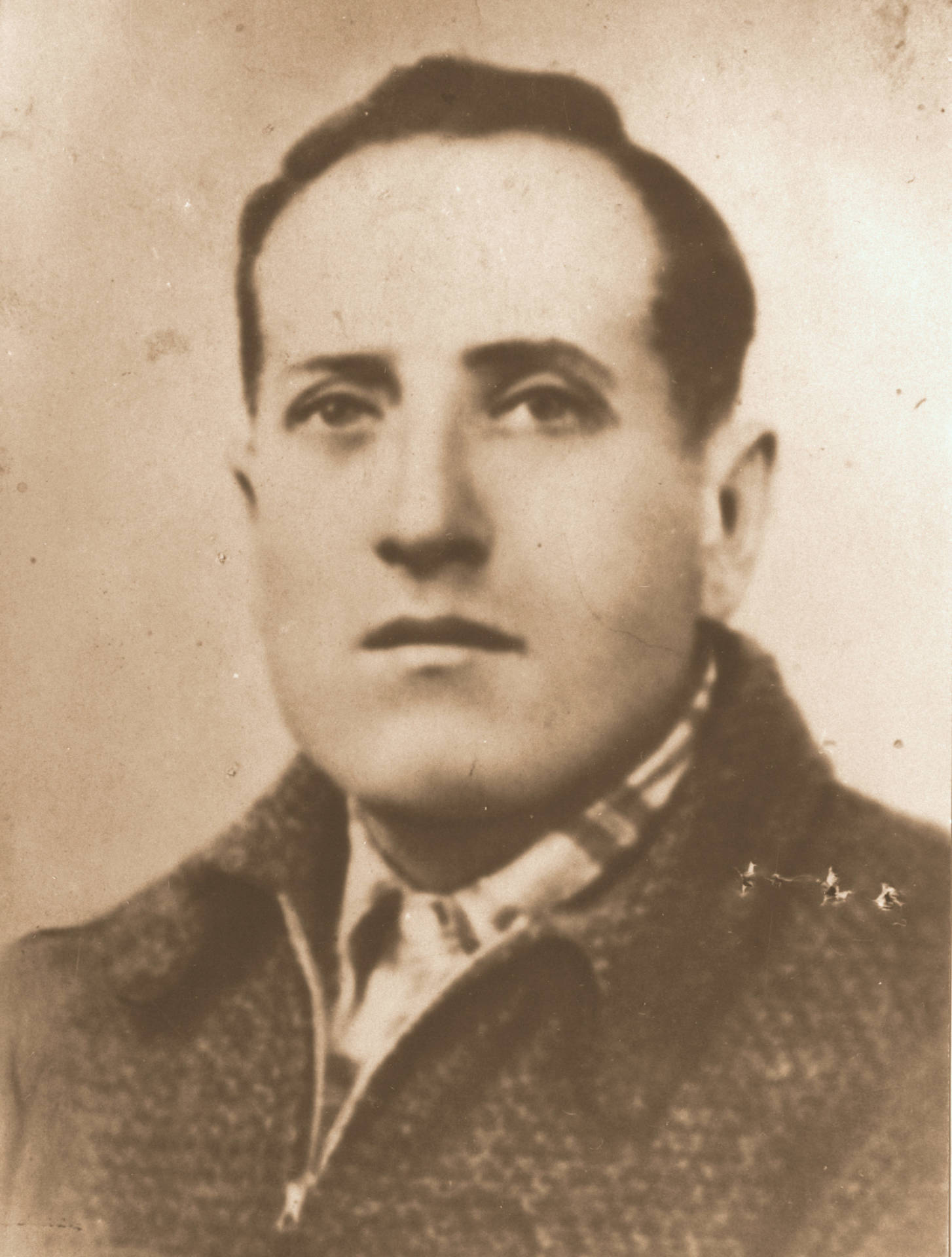 Vincenc Kocjančič, alias Marko, of Bertoki, a pre-war Communist and one of the leading Liberation Front activists in Slovene Istria from 1941.
Vincenc Kocjančič, alias Marko, of Bertoki, a pre-war Communist and one of the leading Liberation Front activists in Slovene Istria from 1941.
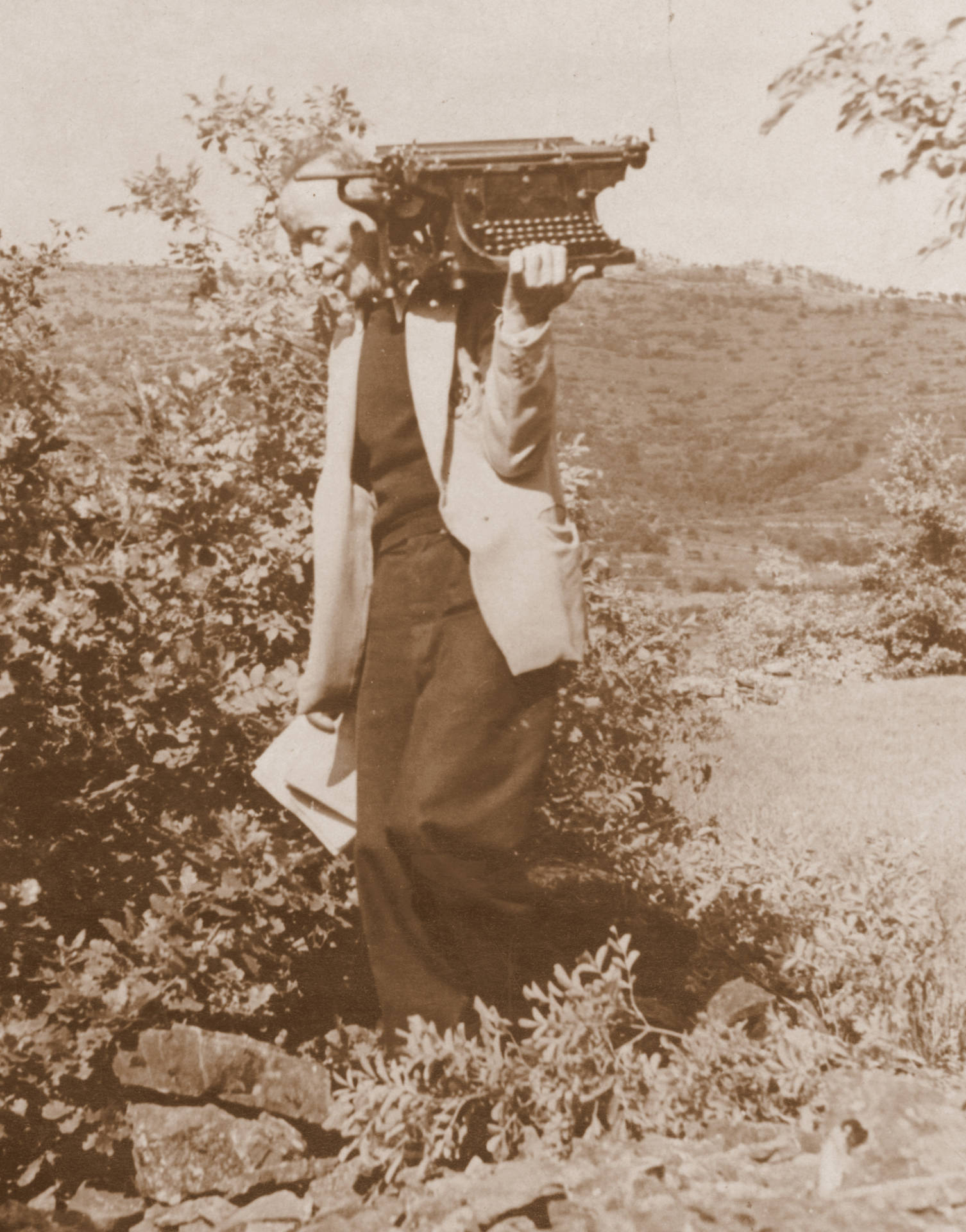 Ivan Cah, alias Iskra, of Bertoši, a pre-war Communist and a Liberation Front activist from 1941.
Ivan Cah, alias Iskra, of Bertoši, a pre-war Communist and a Liberation Front activist from 1941.
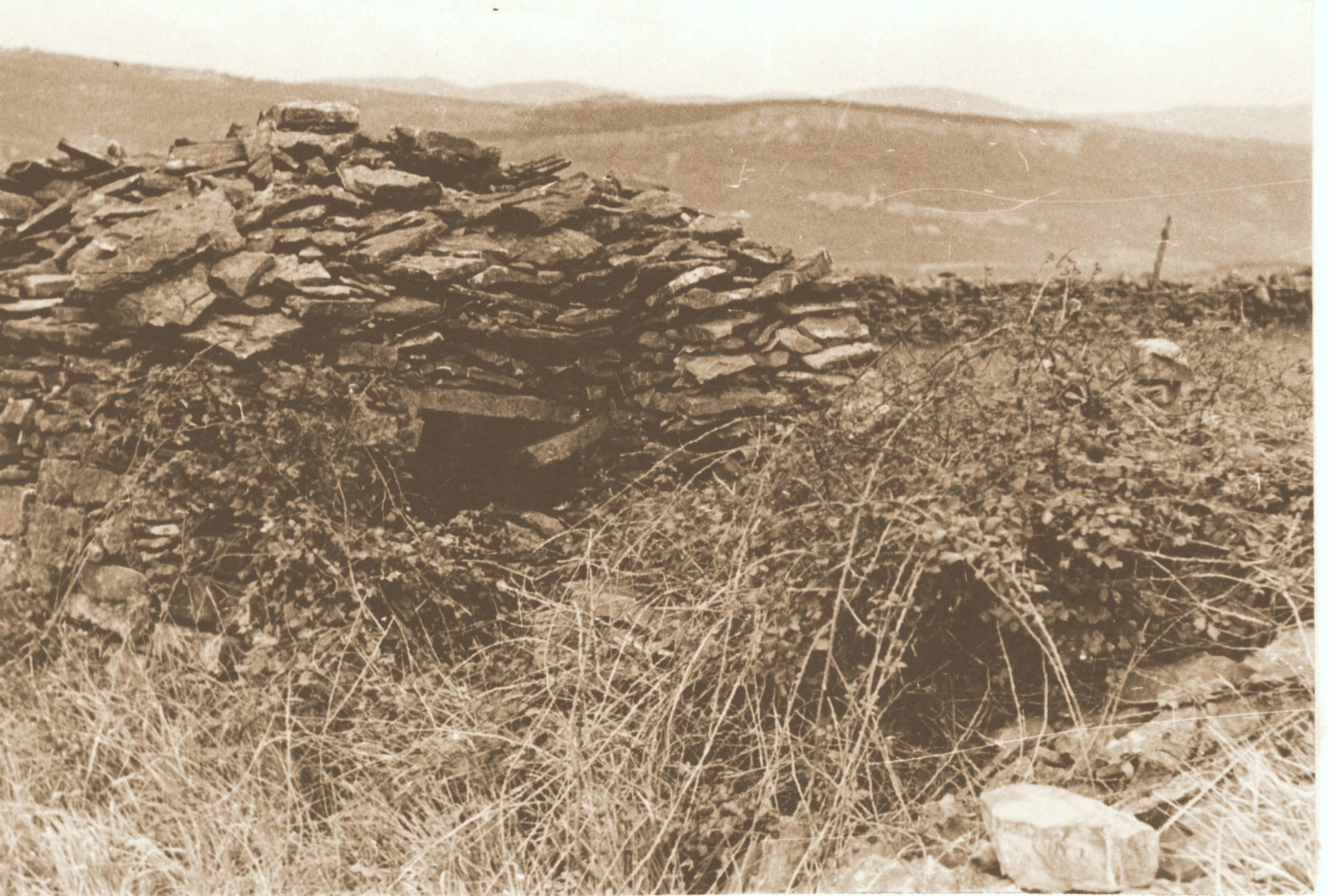 Natural shelters (caves, field shelters) were used as clandestine accommodation for activists and Partisans, for storing various types of material and as places of safety. Underground storehouses were widely used for this purpose, as were secret hiding places in houses, stone walls in fields and woods.
Natural shelters (caves, field shelters) were used as clandestine accommodation for activists and Partisans, for storing various types of material and as places of safety. Underground storehouses were widely used for this purpose, as were secret hiding places in houses, stone walls in fields and woods.
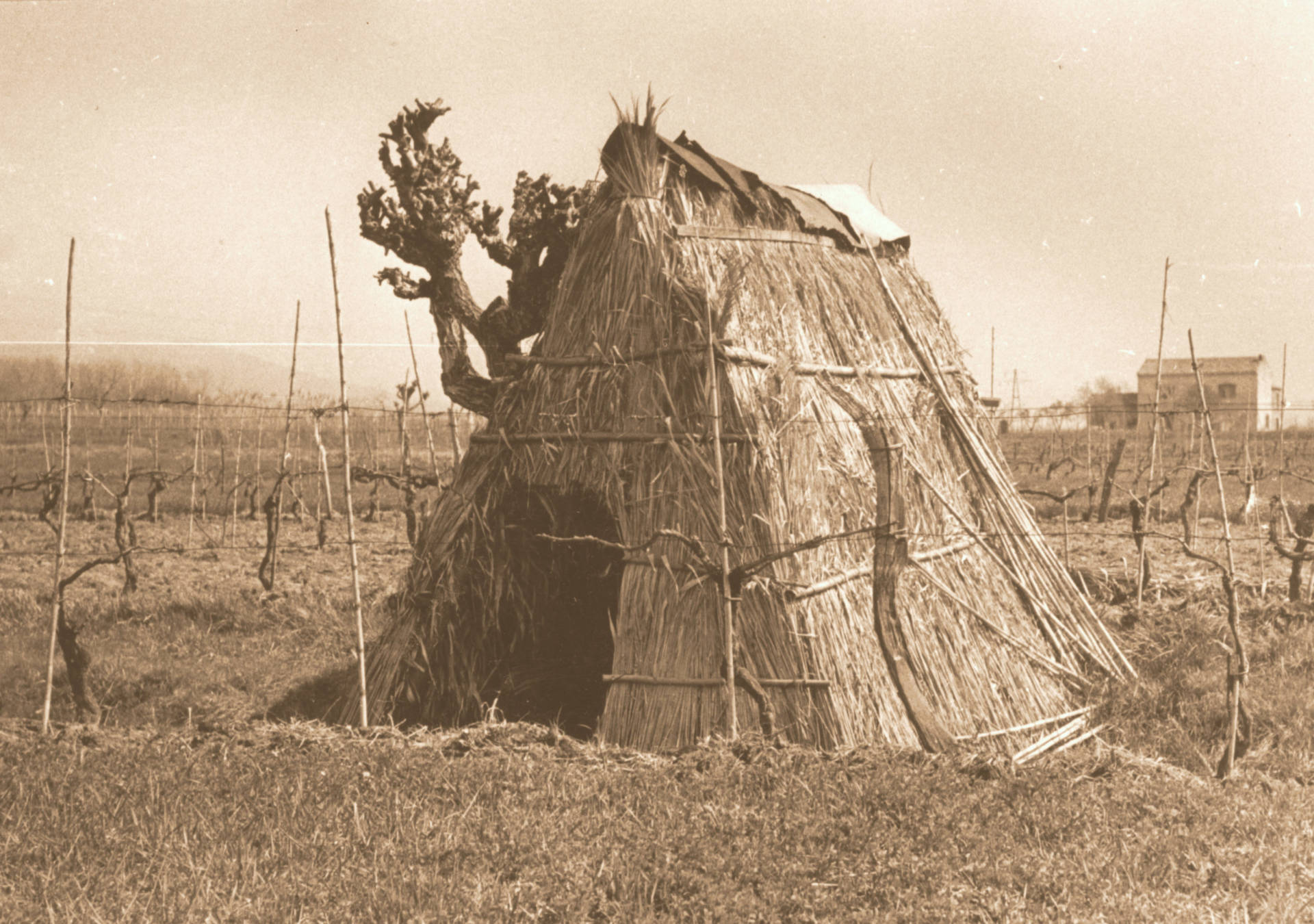 Natural shelters (caves, field shelters) were used as clandestine accommodation for activists and Partisans, for storing various types of material and as places of safety. Underground storehouses were widely used for this purpose, as were secret hiding places in houses, stone walls in fields and woods.
Natural shelters (caves, field shelters) were used as clandestine accommodation for activists and Partisans, for storing various types of material and as places of safety. Underground storehouses were widely used for this purpose, as were secret hiding places in houses, stone walls in fields and woods.
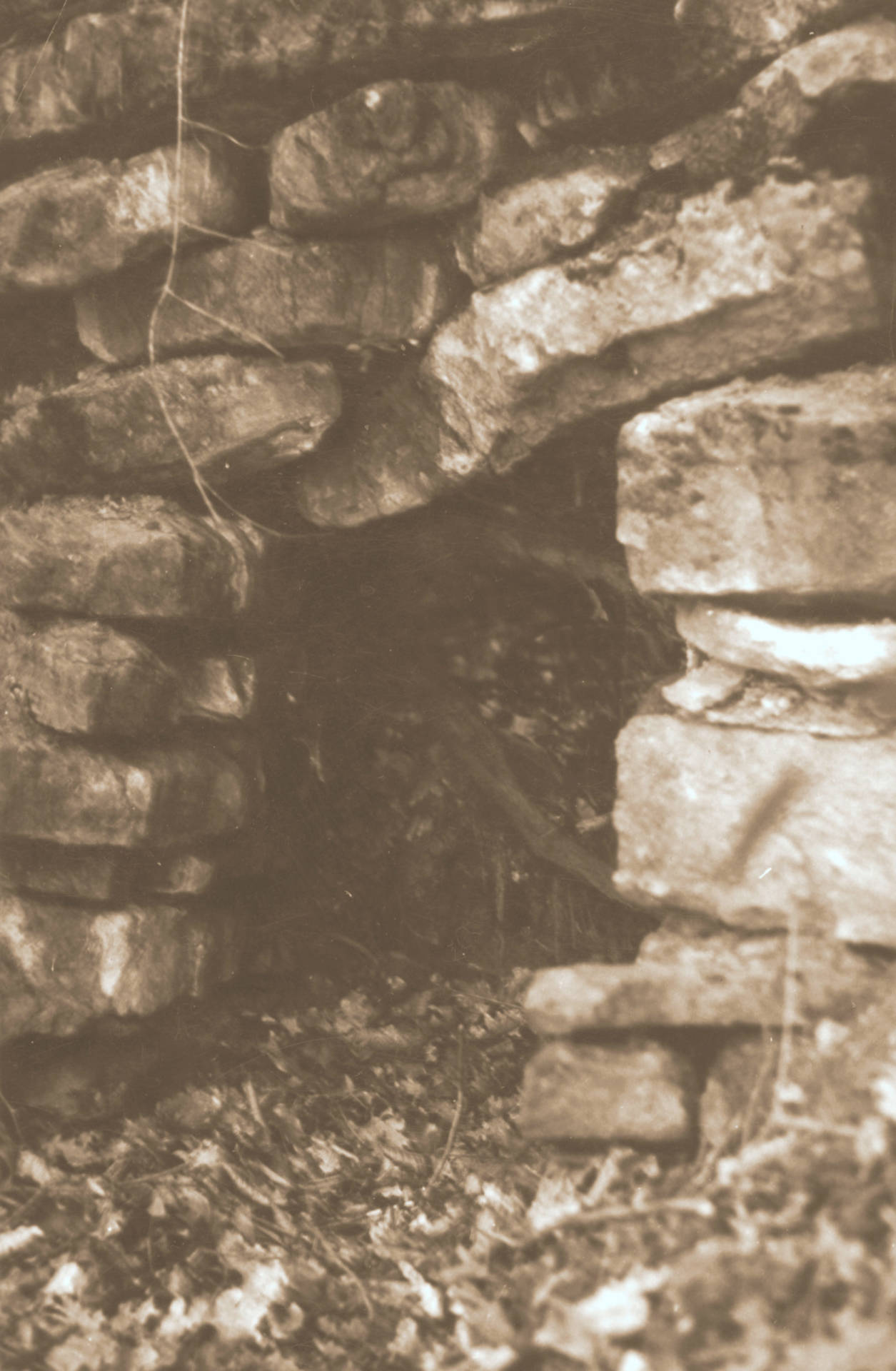 Natural shelters (caves, field shelters) were used as clandestine accommodation for activists and Partisans, for storing various types of material and as places of safety. Underground storehouses were widely used for this purpose, as were secret hiding places in houses, stone walls in fields and woods.
Natural shelters (caves, field shelters) were used as clandestine accommodation for activists and Partisans, for storing various types of material and as places of safety. Underground storehouses were widely used for this purpose, as were secret hiding places in houses, stone walls in fields and woods.